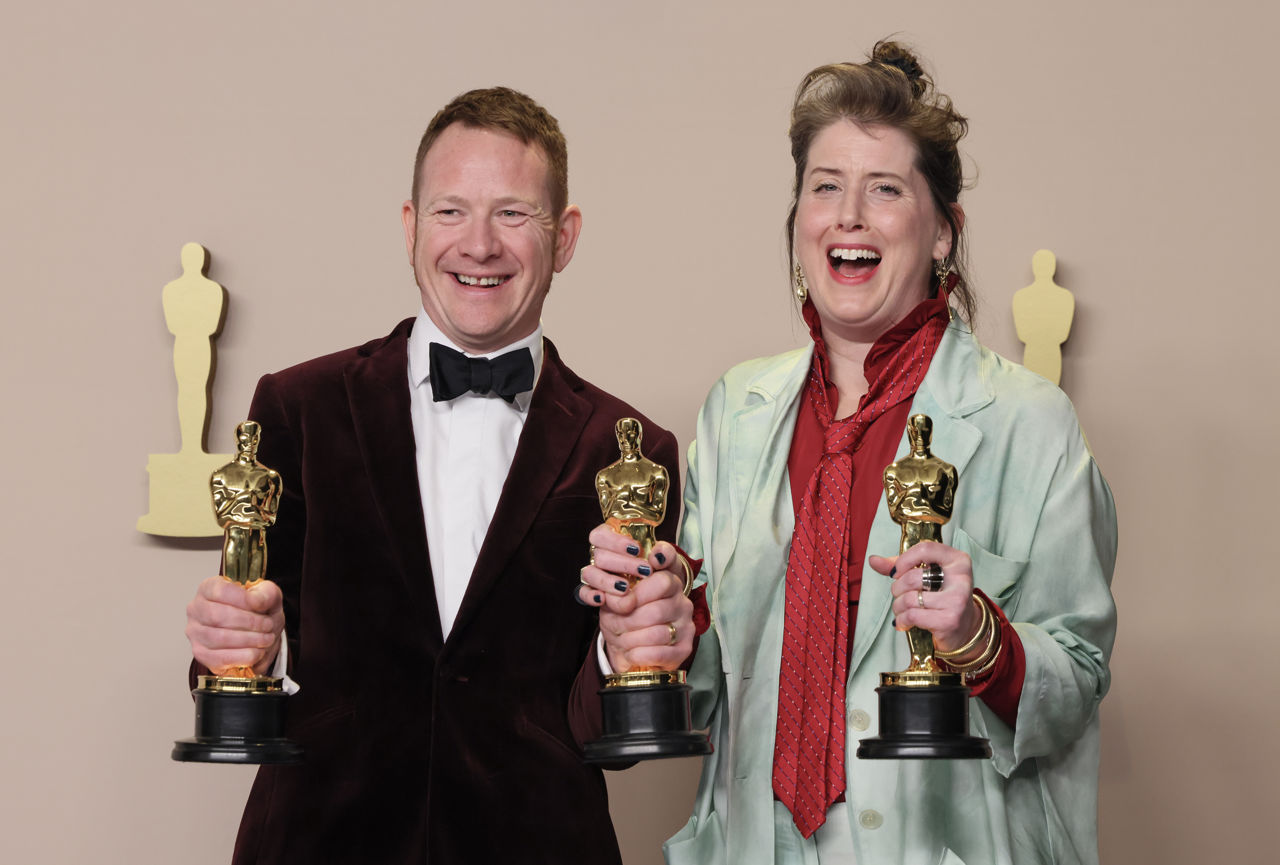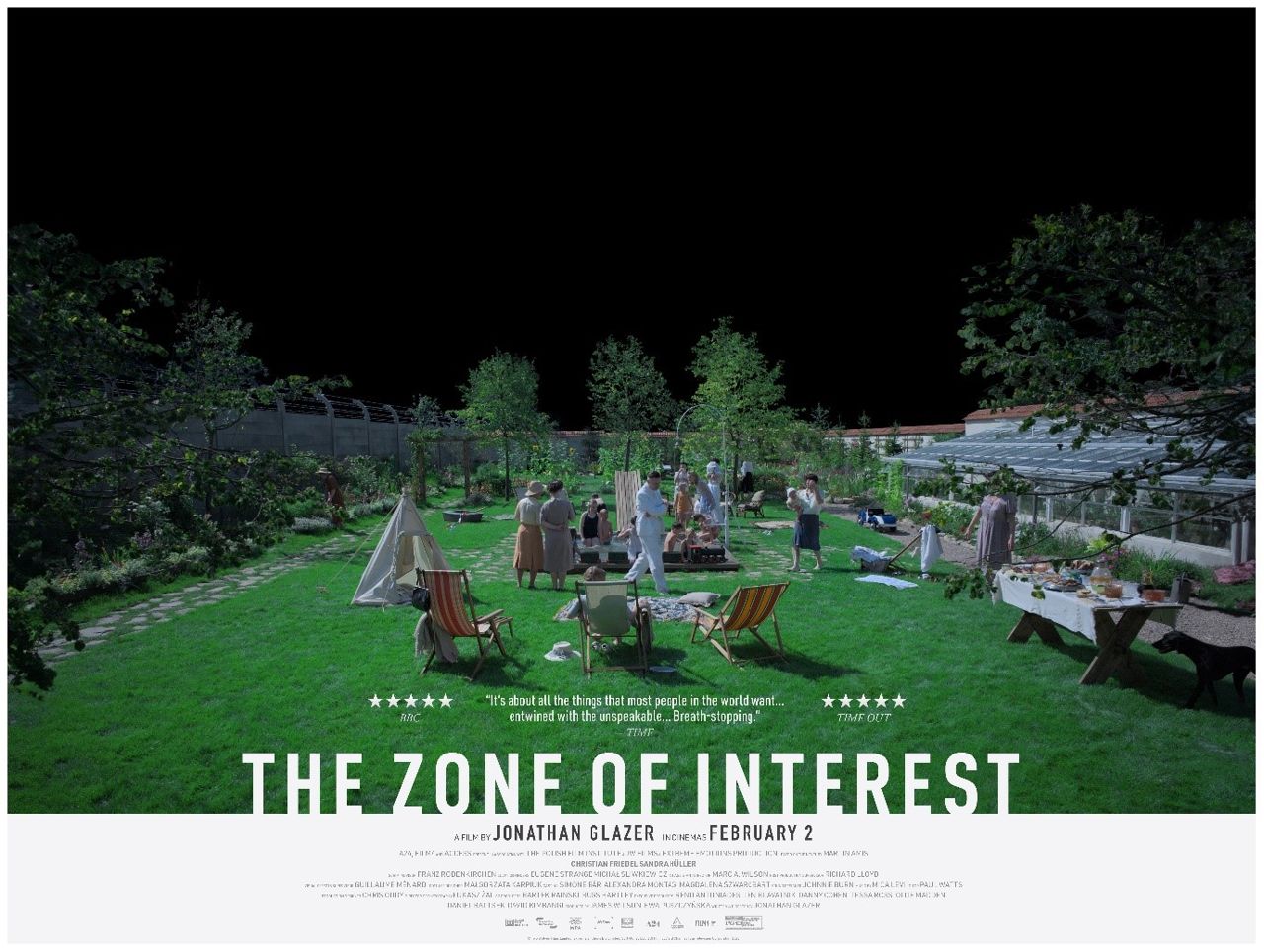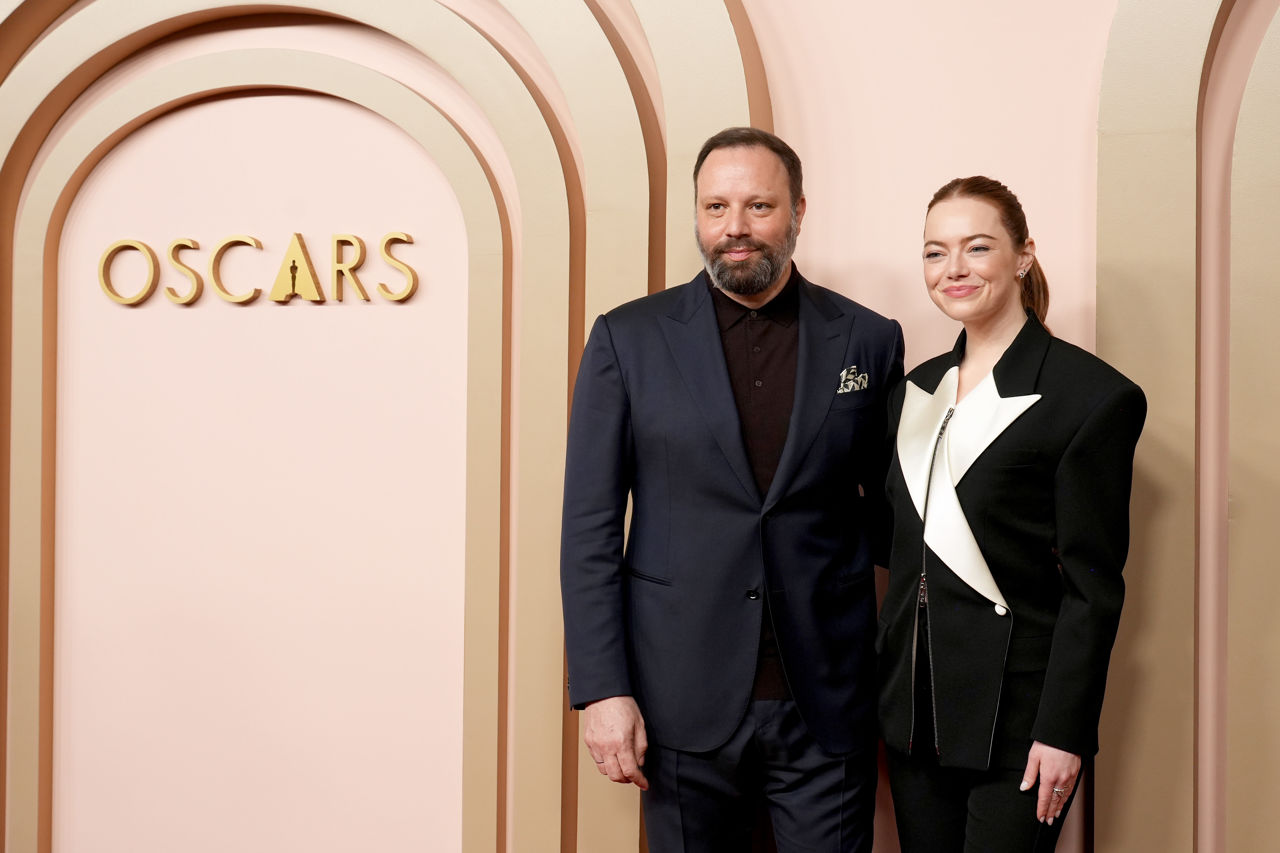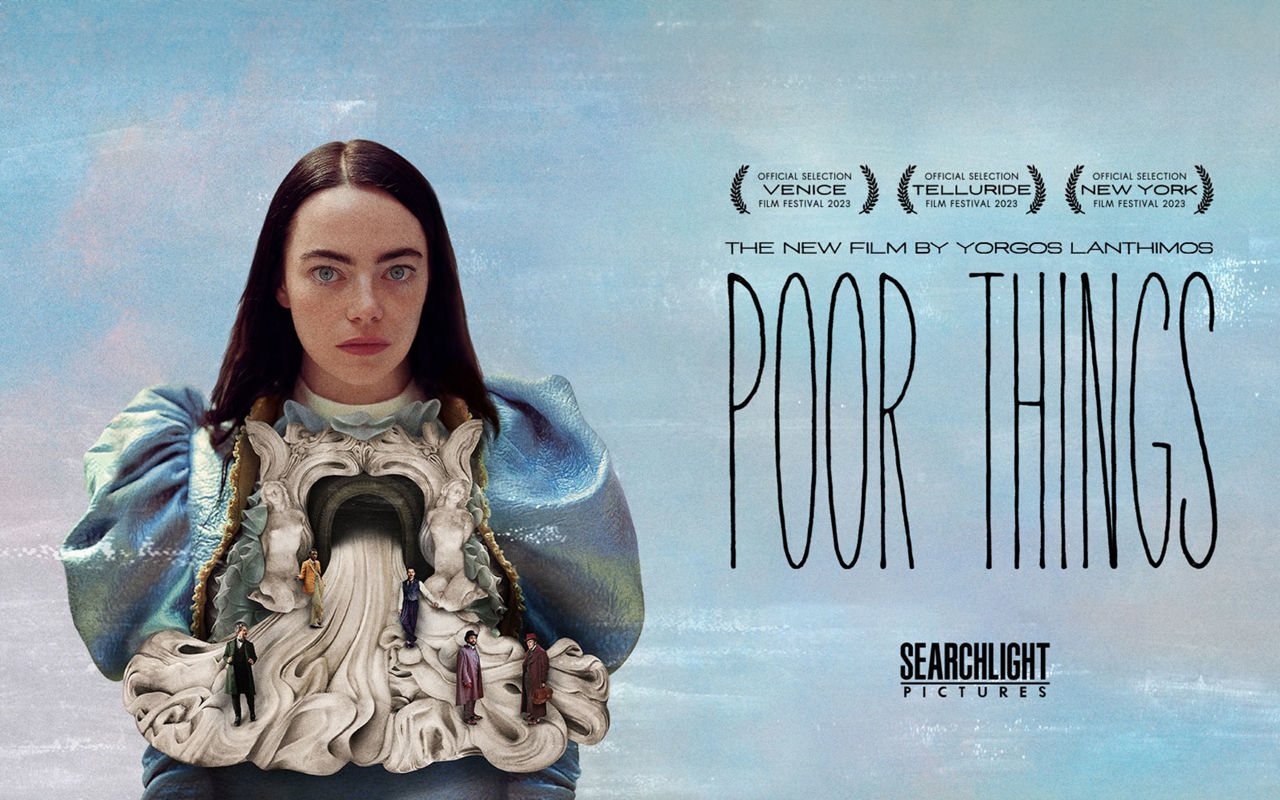How Poor Things’ Oscar success could inspire commercial production
The 2024 Academy Awards recognised some of Britain's creative filmmaking talent. Laura Graham, Managing Director at Collective Studios, celebrates their success and reveals how her favourite Oscars film could also be a lesson for advertising.
How amazing was it to hear all the British accents at the Oscars on Sunday night, wishing their mums, to a confused and bemused American crowd, a Happy Mother’s Day?
This year’s Academy Awards was a fantastic validation of British talent, in particular for the team that worked on Yorgos Lanthimos’ Poor Things, which won a slew of production related awards. Holly Waddington won for Costume Design; James Price and Shona Heath in the Production Design category; and Nadia Stacey, Mark Coulier and Josh Weston for Makeup and Hairstyling.
How amazing was it to hear all the British accents at the Oscars on Sunday night?
Production designer Heath in particular has strong advertising credentials – she has famously designed sets for the fashion photographer Tim Walker, and her advertising credits include Armani, Cacharel, Donna Karan, Harvey Nichols, Margaret Howell, Mulberry, Jo Malone and Tiffany.

Above: James Price and Shona Heath picked up the Oscar in the Production Design category, for Poor Things.
Elsewhere, we saw other British ad talent rewarded: Jonathan Glazer winning Best International Film, and Wave’s Johnnie Burn and Tarn Willers winning Best Sound, for the powerful The Zone of Interest. And, of course, Christopher Nolan (another Brit, albeit not from an advertising background) cleaned up with Oppenheimer, having done so throughout the awards season.
It’s safe to say that, once again, commercial production industry talent has made its mark on the film world.
It’s safe to say that, once again, commercial production industry talent has made its mark on the film world. But, by the same token, our production industry can learn from the winners in the film industry this year. For example, Nolan’s eschewing of CGI, even when portraying a nuclear detonation, shows us that special effects still has a place in filmmaking, and there are other ways to build tension (like his celebrated use of music). And The Zone of Interest’s harrowing use of sound, such as disembodied screams, to evoke the horrors of the concentration camp.
Personally, my favourite of this year’s Oscar winners was Poor Things, so here are some more of the learnings I’ve taken from this incredible movie.

Above: The Zone of Interest, from advertising alumni Jonathan Glazer, picked up the Oscar for Best Sound, as well as Best International Feature.
Virtual production
Poor Things’ use of virtual screens to create another world has really opened my eyes to their benefits. Virtual production has been whispered about in the corridors of every advertising agency for a while now, with certain high-ad-producing brands such as Reckitt, taking the lead. As a producer, I always understood the benefits in terms of sustainability. However, the budget attached felt restrictive and, overall, I felt the output wouldn't be as good as the real thing.
But Poor Things showed me that this isn’t the case. Its heightened, almost surreal colour palette, and the unabashed artificiality of the sailing scenes, shows how directors can use this technique to enhance, rather than subtract from what they’re trying to portray.
These techniques can be used in the commercial world and they don't have to blow the budget.
Virtual screens can also allow actors to 'feel' their environment, leading to better (even Oscar-winning) performances. I always feel there’s an emptiness to an actor acting against a green screen but, in contrast, they love working with virtual production. When I recently worked with Netflix, producing its live experience at the Outernet for The Witcher, and utilising immersive screens, I noticed how audiences and actors alike were immediately transported into this fantastical world, making every twist and turn of the digital and physical storyline more impactful and more unique.
These techniques can be used in the commercial world and they don't have to blow the budget; we created animated photoreal visuals using AI, interwoven with The Witcher 3D renders, which were then laid into the 360º web to fulfil the unique format Outernet screens. This bespoke method populated the Outernet’s imposing screens surprisingly cost effectively, and I believe use of AI alongside virtual production bolsters the economic argument for virtual production.

Above: Yorgos Lanthimos and Emma Stone, who picked up Best Actress for her role as Bella Baxter in Poor Things.
Building other worlds
The success of such a surreal film as Poor Things can only point to an appetite for the telling of escapist stories in films and, so we can assume, also in ads. It's no surprise, considering the war and injustice that confronts us daily, that we would crave something so other worldly, so transportive.
Yorgos Lanthimos’ highly referential work is, of course, becoming a new genre in itself, influencing future filmmaking under the loose definitions of steam punk, dystopian Gothic or art nouveau.
People want to be enthralled and transported. And how brilliant for a brand if you can own this visual world?
What’s so unique about Poor Things is that you can be so compelled visually, but also emotionally. So often, epic sci-fi features are cold, failing to make audiences feel deeply for their characters. But, as tears poured down my cheeks in the closing scenes of Poor Things, I was in awe at how such a spectacle, with such a complex, testing script and, at times, such challenging cinematography, could make me feel so much. I saw myself in Bella Baxter. I saw my father in Godwin Baxter. Proving such an artistic film can connect, and people can relate.
And therefore such artistry, of course, has a place in advertising. People want to be enthralled and transported. And how brilliant for a brand if you can own this visual world? Make something that stands out in any ad break, a world that people instantly recognise as yours. That entertains, inspires and evokes audiences emotionally.

Above: Poor Things has a complex female lead, something advertising needs to bear in mind more often.
Compelling storytelling
Ultimately, Poor Things, an adapted screenplay from the book of the same name by Alasdair Gray, tells a story of self-enlightenment and breaking free from societal constraints. How a person who is experiencing society for the first time has the ability to question its construct and lay bare its absurdity. Never has such a complex female protagonist been seen on the big screen.
In a world of budget cuts and playing it safe, it’s clear that viewers still crave the surreal, the quirky and the absurd in cinema.
In advertising, we have also been making progress to tell different female stories. I hope Bella Baxter inspires creatives to tell ever-challenging tales from the unique female gaze, steering us away from the stereotypes of the past. A brand campaign that can boldly encapsulate a character like the strong, autodidact Bella, has the ability to inspire a generation of females.
Like all of Lanthimos’ oeuvre, Poor Things is brave and unafraid to be outrageous and provocative. In a world of budget cuts and playing it safe, it’s clear that viewers still crave the surreal, the quirky and the absurd in cinema, and they will respond to that in advertising too.
)




 + membership
+ membership








